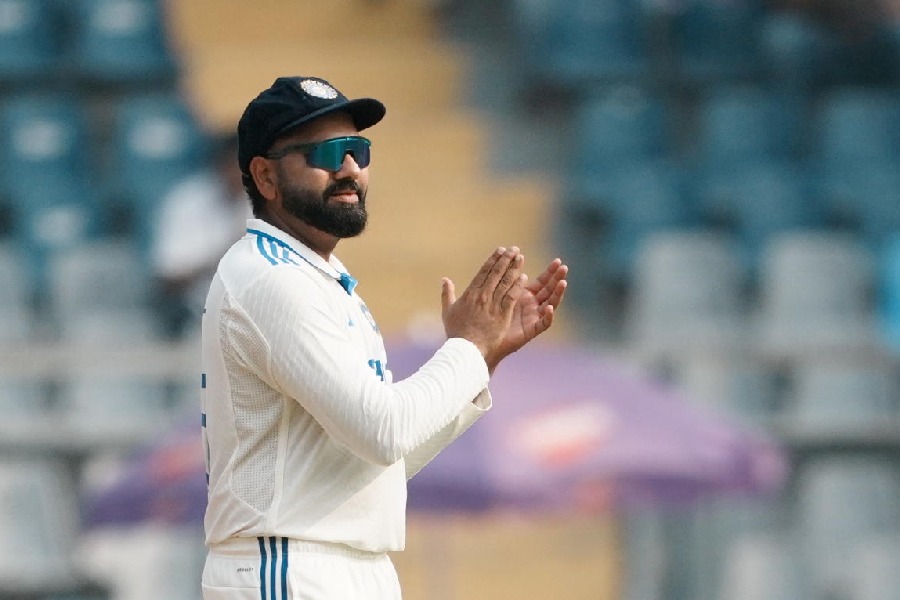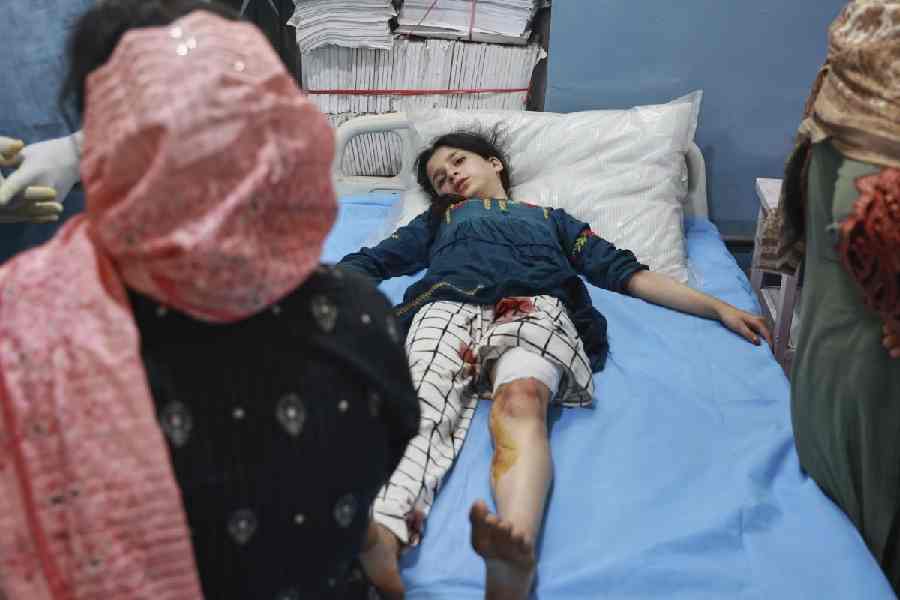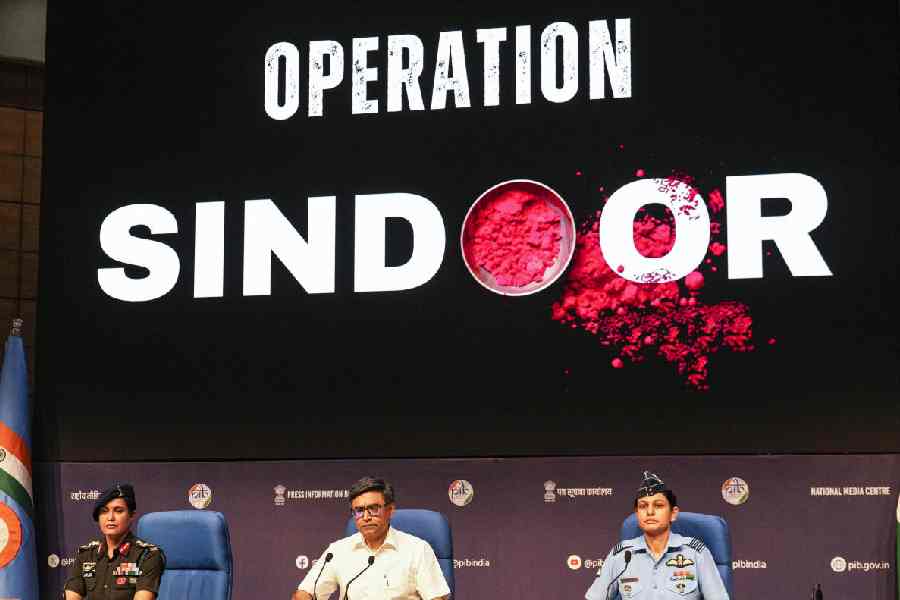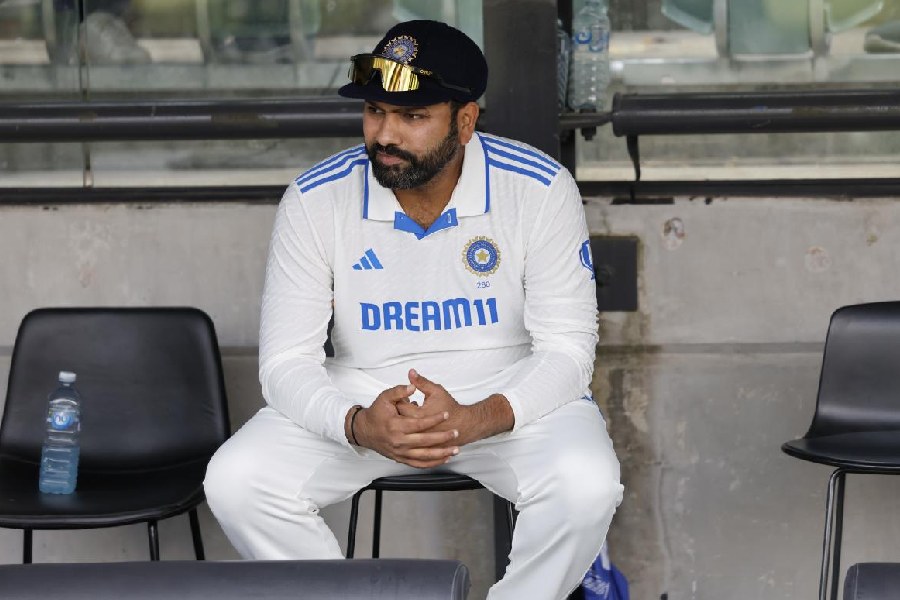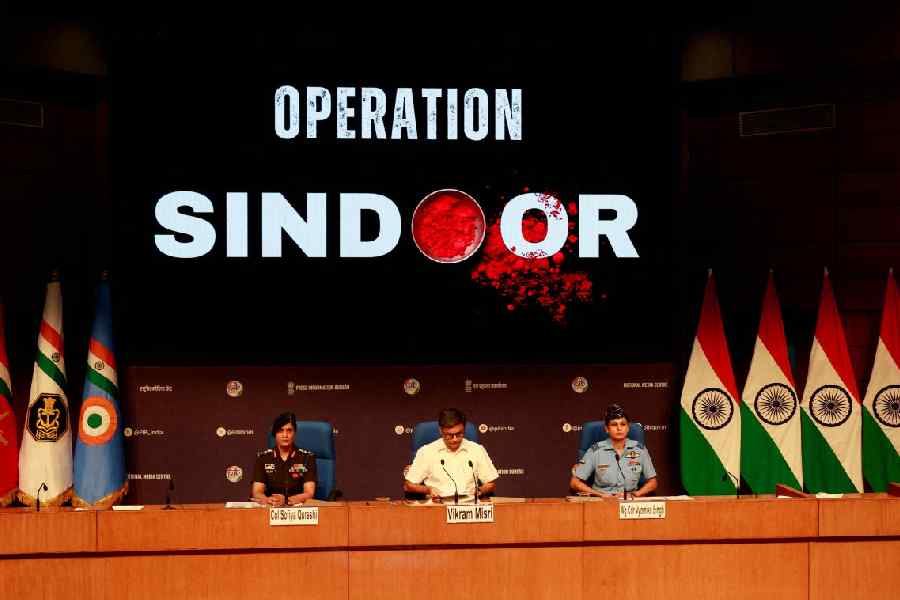 |
| Nadia Comaneci performs during the Olympic beam event on July 21, 1976 in Montreal |
KEY FACTS
Dates: July 17-August 1
Other candidate cities: Moscow, Los Angeles
Mascot: Amik the beaver
Participants: 6,084 (1,260 women)
Paricipating nations: 92
Disciplines: 21
Events: 198
Medals given out: 613
IOC president: Lord Killanin (Ireland)
Games declared open by: Queen Elizabeth, British monarch
Last relay bearers of the Olympic flame: Sandra Henderson (athlete) and Steve Prifonteine (Francophone Canada, athletics)
Flame lit by: Sandra Henderson (Anglophone Canada, athletics) and Steve Prifonteine (Francophone Canada, athletics)
Olympic oath read by: Pierre Saint-Jean (Canada, weightlifting)
Television rights: $34.862 million
Accredited journalists: 3223
ANECDOTES
Family affair
Boxing brothers Michael and Leon Spinks both did the family name proud with a gold medal each in their respective weight divisions. Michael, 20, won the middleweight division after only two contests (two forfeits), while Leon won the light-heavyweight title just minutes after his younger brother.
Cheat
The Soviet Union’s 38-year-old fencing competitor, Boris Onischenko, was thrown out of the modern pentathlon fencing for shame-faced trickery when it was discovered that he had a switch hidden in his glove which lit the scoring lamp — even when he had not touched his opponent.
Father and son
Hungary’s Miklos Nemeth won the javelin event, setting a world record in the process (94.58m). Mrs Nemeth must have been proud that day — as a certain Imre Nemeth achieved the same thing with the hammer in the 1948 Games. Imre was, of course, the father of Miklos — and both were remembered for their unique “father-son” achievement in Olympic field events.
EXPLOIT
Standing 1.53m tall and weighing only 40kg, a young girl with pigtails cast a spell over 500 million television viewers during the Montreal Games. This particular Romanian would go on to leave her name imprinted on the annals of Olympic history — Nadia Comaneci.
SUMMARY
After surviving a boycott and the terror that engulfed Munich, the IOC hoped by awarding the Games to Montreal that all the sporting elements of the Olympic movement would be restored. This, in effect, was wishful thinking. The stadium and all other accompanying facilities were still under construction at the opening ceremony and the costs involved in staging the event provided ammunition for a hostile public and certain Canadian politicians. In total, 22 African delegations pulled out in protest at New Zealand’s rugby tour of South Africa. Three days earlier, Taiwan pulled out because the Canadian government, who had been carrying out important negotiations with China, refused to recognise it as an independent nation.
Tight police and army security was put in place to guard against a second disaster when the 6,028 athletes from 92 countries gathered between July 17 and August 1. The Games had already started when four countries — Cameroon, Egypt, Morocco and Tunisia — announced their plan to boycott Montreal after having already competed. This brought the final number of competing nations to 88.
As a mark of respect for the hostages killed in Munich four years earlier, the Israeli competitors wore a green feather.


